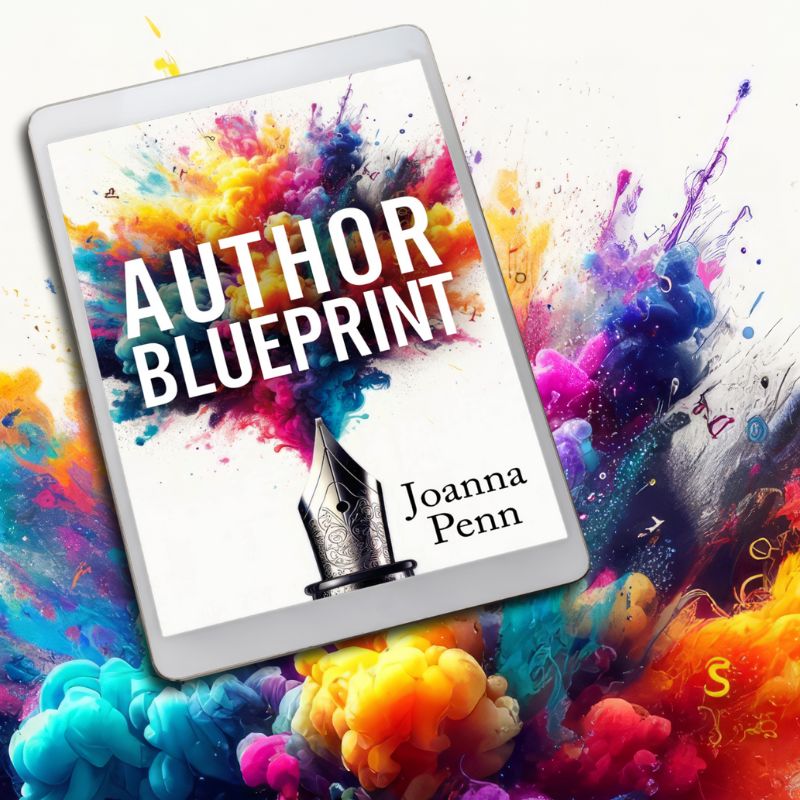“Writing isn’t about making money, getting famous, getting dates, getting laid, or making friends. In the end, it’s about enriching the lives of those who will read your work, and enriching your own …
Writing, Publishing And Marketing Non-Fiction. Facebook Live With Joanna Penn
This is the replay of the Facebook Live I did on Thurs 31 May 2018 for the launch of How to Write Non-Fiction: Turn your Knowledge into Words. I answer questions from a live audience about how to …
How To Build A Business Around A Book With Jim Kukral
If you write non-fiction, you can turn your book into multiple streams of income that take your business beyond the book into courses, speaking, affiliate sales, sponsorship and more. In today's show, …
Continue Reading about How To Build A Business Around A Book With Jim Kukral →
Writing Tips: 5 Rules for Writing Creative Non-Fiction
The techniques of fiction can be used in non-fiction to bring the truth alive, and in today's article, Antony M. Brown from ColdCaseJury.com outlines some tips. In the movie Infamous, there is a …
Continue Reading about Writing Tips: 5 Rules for Writing Creative Non-Fiction →
Non-Fiction Writing Tips And How To Live a Good Life With Serial Entrepreneur Jonathan Fields
The road to success is not a straight line. In today's show, Jonathan Fields talks about his zigzag route as an author-entrepreneur, tips for writing non-fiction and his latest book, How to Live a …
How To Write A Non-Fiction Book: A Step By Step Guide
Do you want to write a non-fiction book? Are you struggling with where to start or how to get it done? This article will take you through a step-by-step guide to the process. It starts with …
Continue Reading about How To Write A Non-Fiction Book: A Step By Step Guide →
